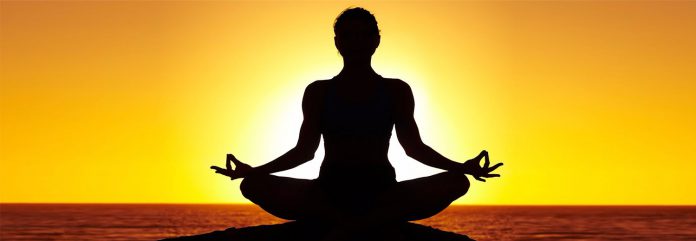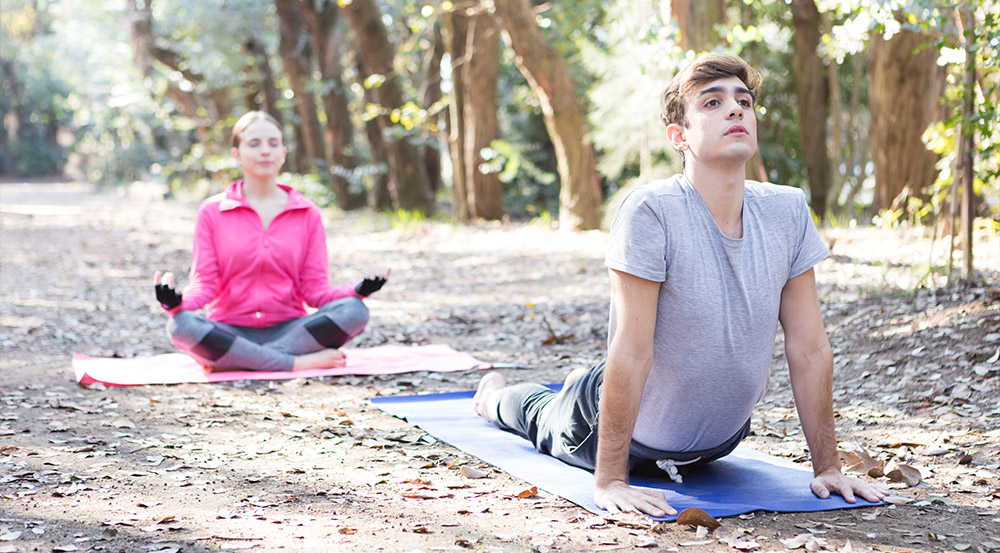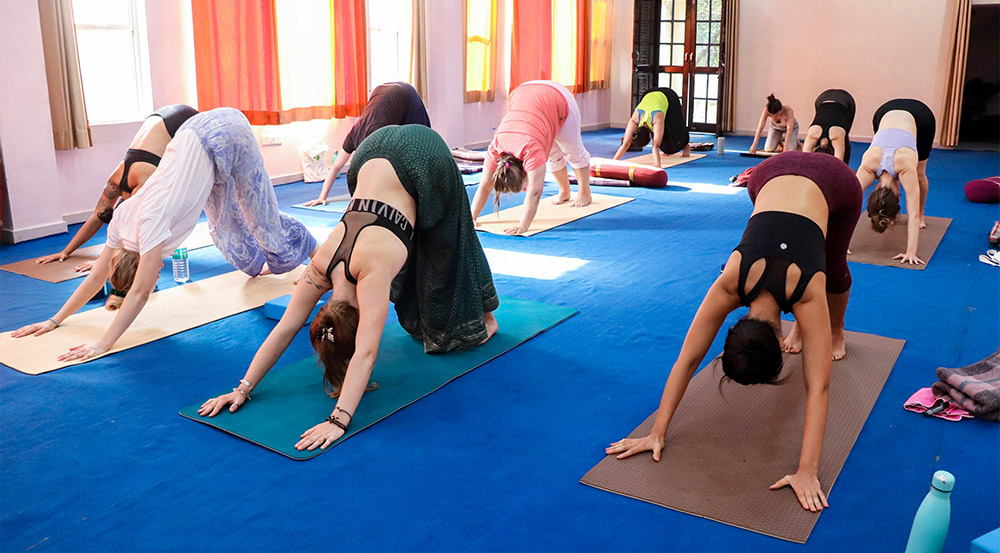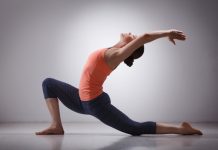Since the past decade or so, yoga has attained a good traction across the world as a medium of well being. The United Nations, recognising the potential of Yoga, on 214 declared June 21 of every year hence on as the International day of Yoga.
But what exactly is yoga? Is it just a form of exercise or a medley of twists and turns of the body, or something more?
What is Yoga?
Yoga is a 5000 year old art and science of the way of living, based in India.
The world yoga is derived from the Sanskrit word ‘yuj’, meaning to unite or union.
Yoga aims at union of an individual’s soul, spirit and consciousness with itself, and with the universal consciousness and spirit.
Yoga is not a religion, a philosophy or an ideology, it is essentially that which brings you to see the reality more clearly, to feel the present, forgive the past and live every part of now more consciously, conscious of yourself and your surrounding; thus leading you to live every moment more fully, and lead a satisfactory and full life.
The science behind Yoga
Yoga is proven to have physical benefits and overall health benefits like improved brain functions, and increasing the bone density.
- Regular practice of yoga essentially thickens the cerebral cortex layer, and increases the plasticity of neurons, thus helping the disciple learn new things faster, unlearn faster and retain the new things.
- Most asanas in yoga compel the muscles to work against gravity, hence helping the bones get denser by regularly practicing yoga.
- The breathing practices are an intricate part of yoga, and the rhythmic breathing helps the mind and body relax. Thus, it helps release chronic muscle tension and restores and enhances the natural diaphragmatic breathing, leading to improved oxygen absorption.
Health benefits of yoga:
Each type of individual position has more than one advantage:
Standing poses
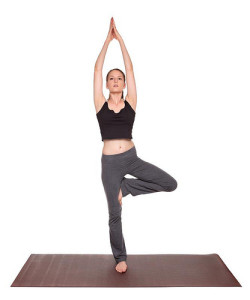
strengthen leg muscles
open the hips and flexors
flex the back
Thus, improved circulation to the whole lower extremities is the major benefit derived from these kinds of poses.
Back bending poses:
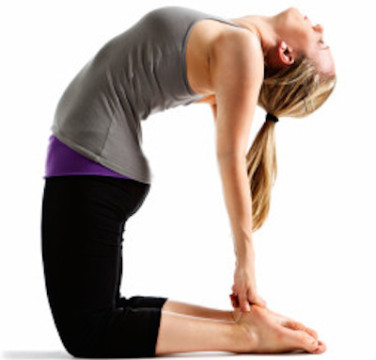
make the spine more flexible
The central nervous system,
Thus helping deal with negative emotions and controlling reflexes better.
forward bending poses:
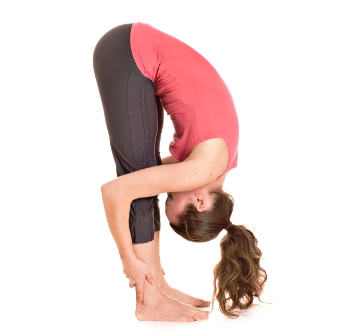
restorative for exhaustion
Calming effect.
Helps the heart pump blood more effectively, and stimulate the kidney, thus helping control blood pressure.
Inversion poses, like headstands
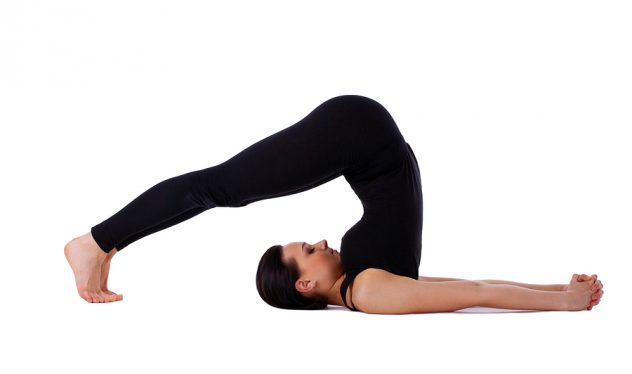
Increase blood flow to the heart, brain and lungs.
Stimulate lymph nodes to move toxins out of the body.
Iyenger yoga, which essentially involves holding poses for a period of time:
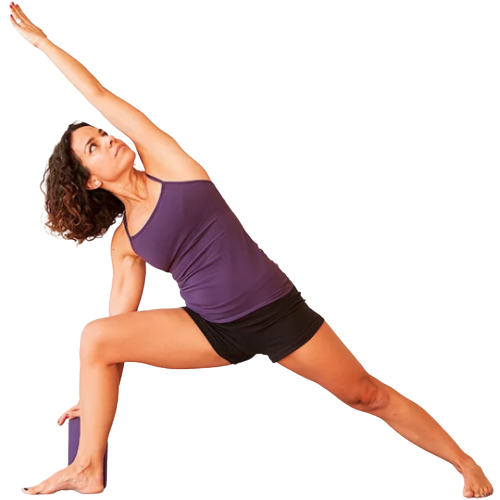
Highly beneficial for chronic musculoskeletal injury by refining the body’s alignment.
Helps rid of chronic ailments by making the body more flexible.
Breathing:
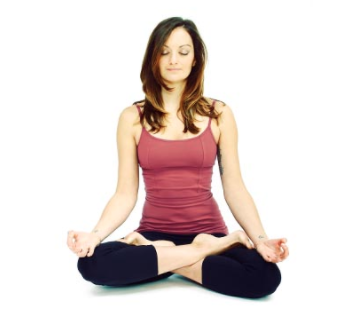
calms the mind
helps increase the breathing capacity of the individual
brings the diaphragm to the natural position
massages the diaphragm and the rib muscles
Deep breathing helps massage the digestive system, thus improving digestion.
Yoga benefits:
Yoga is beneficial to all genders and ages, some of the benefits are listed below:
1. Yoga benefits for men
Core Strengthening and strength training.
Stress Relief.
Increase in Bone density-Helps prevent easy fractures and osteoporosis.
Aids in better sleep and a better libido by increasing circulation, and relaxing the mind and body.
Relieves back pain and helps manage rheumatoid arthritis by providing relief from swollen and tender joints.
2. Yoga benefits for women.
Glowing, Healthy Skin: by relieving stress, yoga control acnes and warts, and helps the skin stay clear.
Regulates Hormones: ease contractions of the uterus, and alleviate cramps during menstruation.
Also help in easing into menopause by regulating the dipping hormonal levels.
Breast Cancer: helps decreases chances of breast cancer, and improves treatment symptoms such as nausea and cramps.
During pregnancy: yoga releases stress, and balances hormones, thus increasing sexual stamina. Postnatal yoga strengthens pelvic floor muscles as well as abdominal muscles.
3. Yoga Benefits for Kids:
- Healthy habits, increasing concentration
- Non competitive, and teaches tolerance of society as a whole.
- Teaches calming techniques, increases mental health.
- Enhances physical strength and flexibility and refines coordination and balance.

